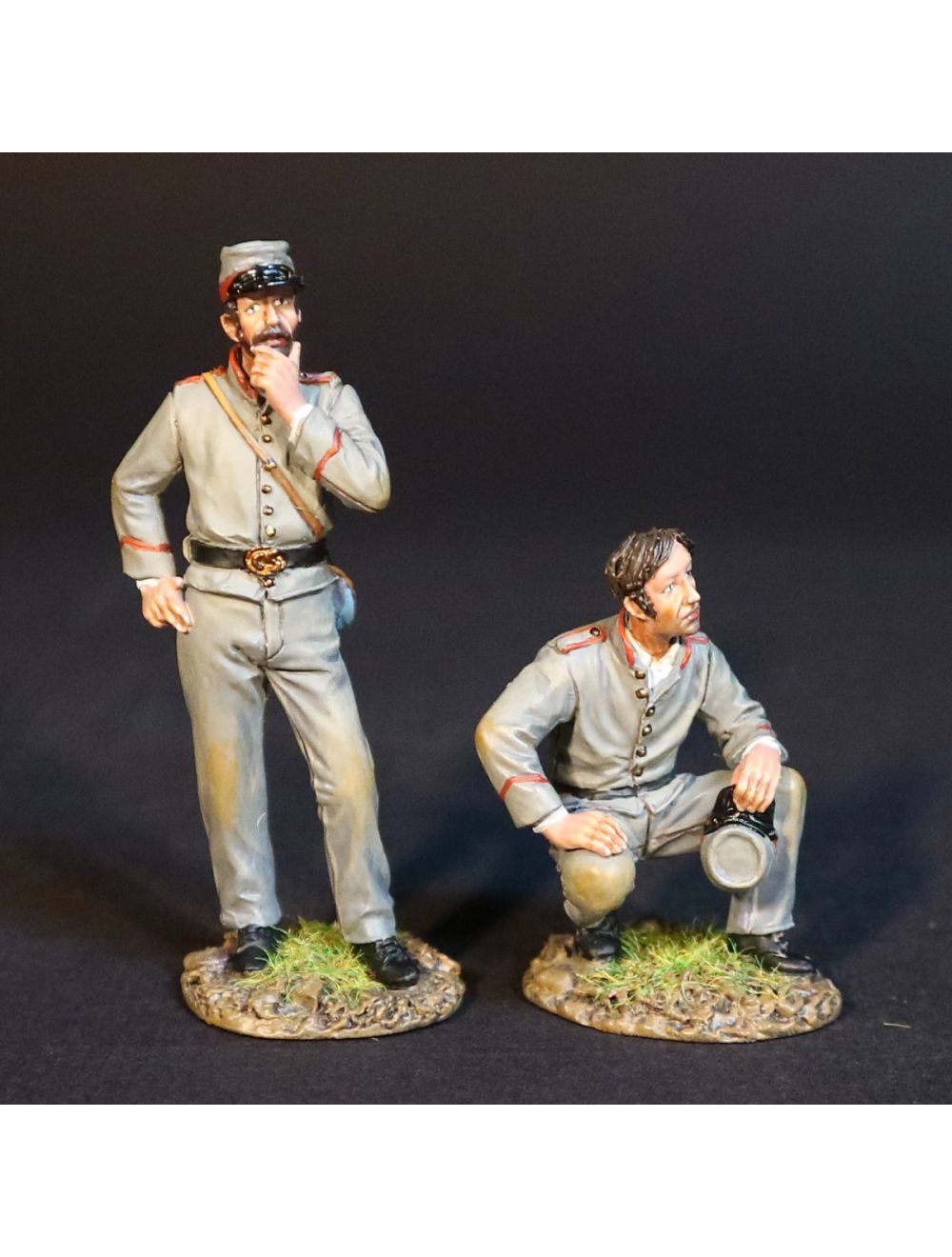JJ-CSART-18 - Artillery Crew
A typical “field piece” had an authorized crew of 12 enlisted men constituting a “gun section” led by a sergeant and assisted by one (and sometimes two) corporal. Each section consisted of one “gun,” its “limber” (with one ammunition chest also serving as a seat) and (nominally) six horses (but often only four) to pull it, and a “caisson” (with two ammunition chests/ seats, a spare wheel, tools, and crew baggage) with its own limber pulled by another six horses, and two “spare” horses (when available) tethered to the rear of the caisson. Each “vehicle” was known as a “half section.” Two sections under the command of a second lieutenant constituted a platoon. While the platoon commander and the two section sergeants (there were no “platoon sergeants” at that time) rode their own assigned horses, six artillerymen rode the three left-side horses in each half section, while the remaining six privates either rode on the three ammunition chests (two to three per chest/seat) or walked alongside. Three platoons (sometimes only two, especially in Confederate units), plus a small headquarters, under a captain, assisted by a first lieutenant and a first sergeant, constituted a “battery.”
A typical “field piece” had an authorized crew of 12 enlisted men constituting a “gun section” led by a sergeant and assisted by one (and sometimes two) corporal. Each section consisted of one “gun,” its “limber” (with one ammunition chest also serving as a seat) and (nominally) six horses (but often only four) to pull it, and a “caisson” (with two ammunition chests/ seats, a spare wheel, tools, and crew baggage) with its own limber pulled by another six horses, and two “spare” horses (when available) tethered to the rear of the caisson. Each “vehicle” was known as a “half section.” Two sections under the command of a second lieutenant constituted a platoon. While the platoon commander and the two section sergeants (there were no “platoon sergeants” at that time) rode their own assigned horses, six artillerymen rode the three left-side horses in each half section, while the remaining six privates either rode on the three ammunition chests (two to three per chest/seat) or walked alongside. Three platoons (sometimes only two, especially in Confederate units), plus a small headquarters, under a captain, assisted by a first lieutenant and a first sergeant, constituted a “battery.”
The M1841 6-pounder field gun was a bronze smoothbore muzzle-loading cannon that was adopted by the United States Army in 1841 and used from the Mexican-American War to the American Civil War. It fired a 6.1lb round shot up to a distance of 1,523yds at 5 degree elevation. It could also fire canister shot and spherical case shot.
The cannon was used during the early years of the American Civil War, but it was soon outclassed by newer field guns such as the 12 pounder Napoleon.In the Union Army, the 6-pounders were replaced as soon as more modern weapons became available and none were manufactured after 1862. However the Confederate States Army continued to use the cannon for a longer period because the lesser industrial capacity of the South could not produce newer guns as fast as the North.
Scale: 1/30
Material: Pewter alloy and synthetic fibers
Released Date: April 2024
| Availabilities | New |
|---|---|
| Years | Mid 19th Century |
| Gender | Men |

 Français
Français

